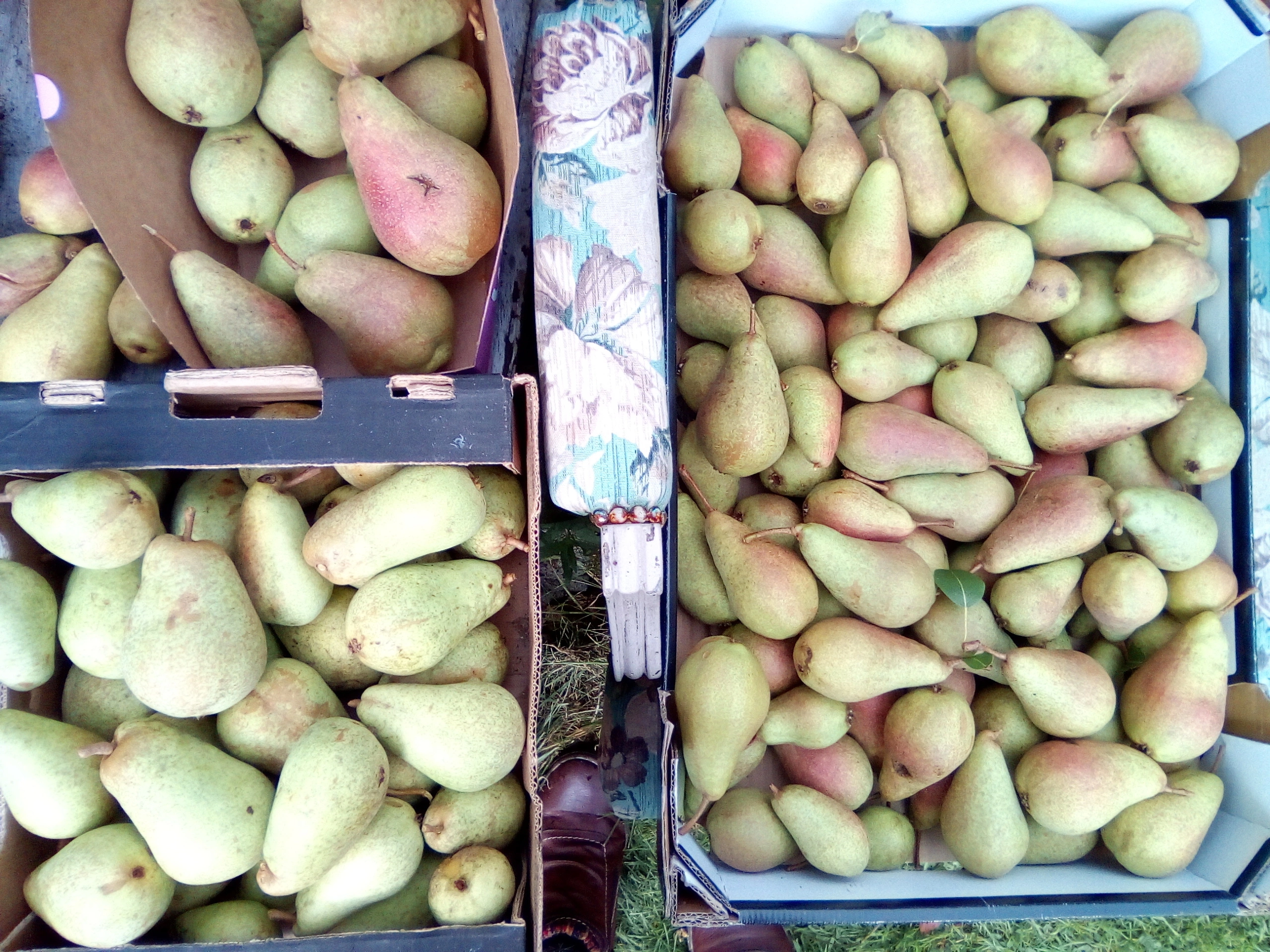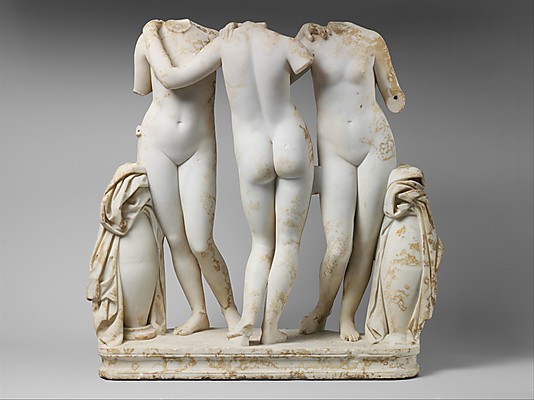
#Dhanishta #Nakshatra, ruled by the deity Ashta Vasu, is regarded as one of the luckiest constellations. People born under Dhanishta often achieve their dreams, especially in their careers, at a remarkably young age. Unlike the common belief that they are influenced by Mars, they tend to steer clear of controversies and situations that could worsen a negative scenario. Conflict and stirring up trouble are simply not their style.
These individuals are known for their kindness, never uttering a harsh word or resorting to sarcasm or taunts, whether in front of someone or behind their back. While they avoid confrontation, they have an exceptional memory for any wrongs done to them and may bide their time for years seeking revenge. Engaging in arguments is not something they enjoy; they’d rather keep the peace Dhanishta Nakshatra.
The symbols associated with Dhanishta Nakshatra, the drum and flute, reflect the love for music and dance that people born under this Nakshatra often possess. They are naturally inclined towards musical talents and abilities. The drum and flute, as musical instruments, also symbolize their understanding of the greater rhythms of life and the Universe, and their ability to live life at their own unique pace.
However, the hollowness within the drum and flute could signify a sense of emptiness or void in the lives of these individuals, which may sometimes lead to challenges in their relationships Dhanishta Nakshatra.
Symbol: Musical #drum
Nakshatra Lord: #Mars
Deity: The #eight #Vasus, the solar gods of energy and light
Shakti (power to/of…): Power to give #abundance and fame
Nakshatra Nature: The #movable or ephemeral ( #Chara)
Gana: Rakshasa #Gana ( #demon)
Rashi / Zodiac: Capricorn Sign & Aquarius Sign
Marriage: Not Auspicious
Translation: The richest, most beneficent
Controlling/Ruling Planet: Mars
Ruling Deity of Mars: #Muruga
Number: 23
Gender: #Female
Names Letter: yam, ram
Lucky Letters: G
Lucky Stone: #Coral
Lucky Colour: Silver Grey
Lucky or Favourable Numbers: 9
Common Name: Indian Mesquite, Vanni, Kejari
Astronomical Name: #Beta #Delphinium
Botanical Name: Prosopis cineraria
Element: #Ether
Guna: #Tamasic
Dosha: #Pitta
#Bird: #GoldenBee
Yoni/Animal name: A Female #Lion
#Tree: #Shami
https://horoscopeeveryday.com/nakshatra-dhanishta-nakshatra/




